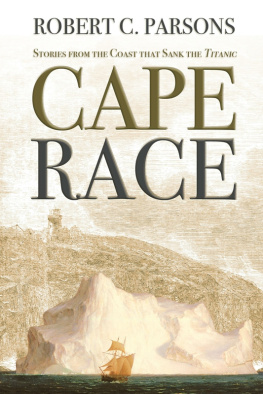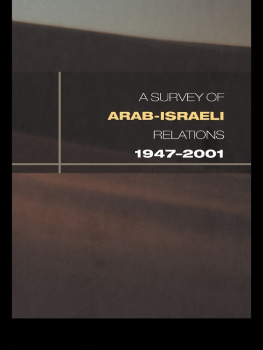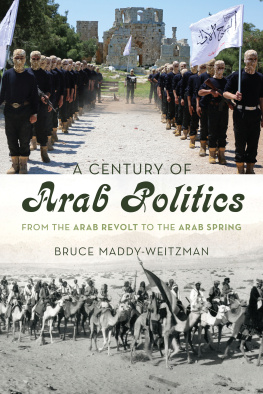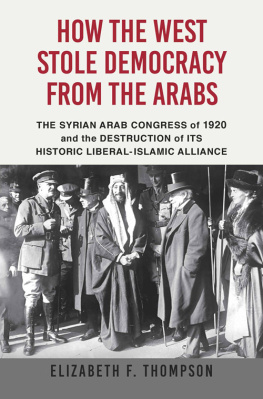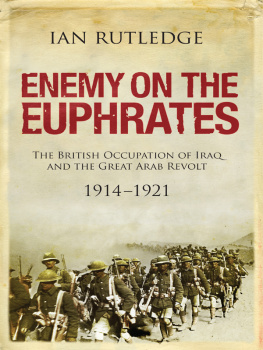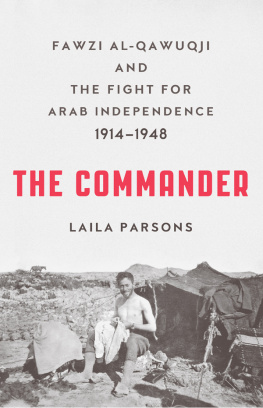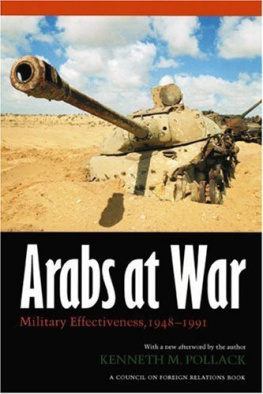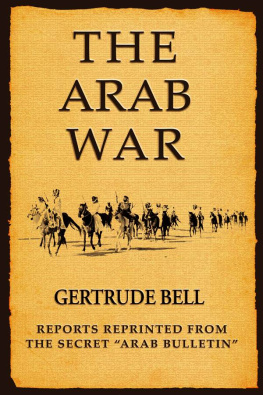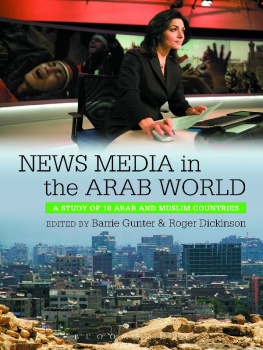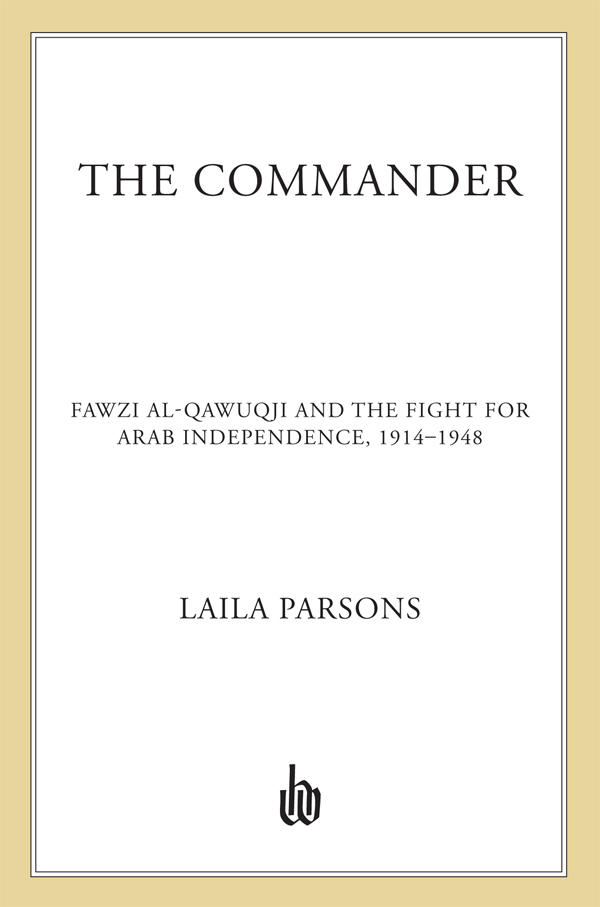Contents
Guide

The author and publisher have provided this e-book to you for your personal use only. You may not make this e-book publicly available in any way. Copyright infringement is against the law. If you believe the copy of this e-book you are reading infringes on the authors copyright, please notify the publisher at: us.macmillanusa.com/piracy.
FOR ROB
Inside view of the dining hall at the Imperial Military Academy soon after it was built, between 1890 and 1893. Library of Congress, Prints and Photographs Division, Abdul Hamid II Collection, Phbus (Studio). (LC-USZ62-80871)
The cavalry students from three classes at the Imperial Military Academy, in uniform, between 1880 and 1893. Library of Congress, Prints and Photographs Division, Abdul Hamid II Collection, Abdullah Frres. (LC-USZ62-82201)
View of the new bridge and Galata area from Istanbul, between 1880 and 1893. Library of Congress, Prints and Photographs Division, Abdul Hamid II Collection, Abdullah Frres. (LC-USZ62-81746)
Iraq, Mosul, general view with tall minaret in center of picture, 1932. Library of Congress, Prints and Photographs Division, G. Eric and Edith Matson Photograph Collection, American Colony (Jerusalem) Photo Department. (LC-DIG-matpc-16200)
General view of Beersheba, 1917. Library of Congress, Prints and Photographs Division, G. Eric and Edith Matson Photograph Collection, American Colony (Jerusalem) Photo Department. (LC-DIG-ppmsca-13709-00135)
Fawzi al-Qawuqji with his medals on display, undated. Public domain.
Sir Edmund Allenby entering the Holy City of Jerusalem on foot, 1917. Public domain.
Hanging of Arab nationalists in Damascus, 1916. Public domain.
Map showing the capture of Damascus, 1918. C. Falls and A. F. Becke, Public domain.
Map of the British and French Mandates, from George Antonius (18911941), The Arab Awakening: The Story of the Arab National Movement , London: Hamish Hamilton, 1938.
King Faysal being welcomed in Aleppo, 1918. Public domain.
Fawzi al-Qawuqjis military identity card, 1920. Courtesy of the Center for Historical Documents in Damascus.
General Henri Joseph Eugene Gouraud, July 23, 1923. Library of Congress, Prints and Photographs Division, National Photo Company Collection. (LC-DIG-npcc-09013)
Coronation of Prince Faysal as King of Iraq, August 1921. Public domain.
Hama, between 1898 and 1946. Library of Congress, Prints and Photographs Division, G. Eric and Edith Matson Photograph Collection, photograph by the American Colony Photo Department or its successor the Matson Photo Service. (LC-DIG-matpc-07192)
Sheikh Sultan el-Atrash, leader of Druze revolt, ca. 1926. Library of Congress, Prints and Photographs Division, G. Eric and Edith Matson Photograph Collection, American Colony (Jerusalem) Photo Department. (LC-DIG-matpc-06444)
Fawzi al-Qawuqji wounded, 1926. Public domain.
Exiled Syrian rebels in Wadi Sirhan, 1929. Public domain.
Harry St. John Bridger Philby (18851960), 1930s. Public domain.
King Faysal I of Iraq funeral, 1933. Courtesy of the Institute for Palestine Studies.
Group from boys school with Mufti of Jerusalem and notable visitors at the mosque, The Noble Sanctuary, Jerusalem, between 1921 and 1937. Library of Congress, Prints and Photographs Division, G. Eric and Edith Matson Photograph Collection, American Colony (Jerusalem) Photo Department. (LC-DIG-matpc-08280)
).
Fawzi al-Qawuqji with leaders of the rebel army, 1936. Courtesy of the Institute for Palestine Studies.
Palestine disturbances during summer 1936, Jaffa, edge of the dynamited area close to the shore street, 1936. Library of Congress, Prints and Photographs Division, G. Eric and Edith Matson Photograph Collection, American Colony (Jerusalem) Photo Department. (LC-DIG-matpc-18038)
I.P.C. [i.e., Iraq Petroleum Company], welding pipes together, on Esdraelon stretch, between 1934 and 1939. Library of Congress, Prints and Photographs Division, G. Eric and Edith Matson Photograph Collection, American Colony (Jerusalem) Photo Department. (LC-DIG-matpc-16862)
The Salt Lake Tribune , March 7, 1937. Courtesy of The Salt Lake Tribune .
The fort at Rutbah, Iraq, under attack from Bristol Blenheim Mark IVs of No. 84 Squadron RAF Detachment, based at H4 landing ground in Transjordan, 1941. The Imperial War Museum, the United Kingdom, Royal Air Force official photographer: Hensser H. IWM. (CM 822)
Dayr al-Zur bridge. Courtesy of Mr. Fareed Abou Haidar from the collection of his father, Dr. Adib Abou Haidar.
Haus Vaterland, Berlin, Potsdamer Platz, January 1, 1940. Photograph by Ullstein Bild / Getty Images.
German citizens walking along Hermann Goering Strasse past destroyed military vehicles amid rubble piled outside walls of the home of German Minister of Propaganda Joseph Goebbels following the fall of the city to Allied troops, July 1, 1945. Photograph by William Vandivert / The LIFE Picture Collection / Getty Images.
A view of Cairo from roof of Semiramis Hotel, looking east, Continental Savoy entrance, between 1934 and 1939. Library of Congress, Prints and Photographs Division, G. Eric and Edith Matson Photograph Collection, American Colony (Jerusalem) Photo Department. (LC-DIG-matpc-17897)
Aley, Lebanon. Courtesy of Mr. Fareed Abou Haidar from the collection of his father, Dr. Adib Abou Haidar.
Map of UN Partition Plan for Palestine, 1947. Public domain.
Fawzi al-Qawuqji inspecting the men in Jaba, 1948. Courtesy of the Institute for Palestine Studies.
Men of Emir Mohamed Saleh in their camp listening to latest news from Palestine, March 31, 1948. Photograph by John Phillips / The LIFE Picture Collection / Getty Images.
Group of soldiers smiling and posing for photograph, June 1, 1948. Photograph by Frank Scherschel / The LIFE Picture Collection / Getty Images.
Fawzi Kawkji smoking a cigarette, March 1, 1948. Photograph by John Phillips / The LIFE Picture Collection / Getty Images.
View of Kibbutz Mishmar Haemek, June 30, 1933. Photograph by Kluger Zoltan. Public domain.
Landing place, Jaffa, between 1898 and 1914. Library of Congress, Prints and Photographs Division, G. Eric and Edith Matson Photograph Collection, American Colony (Jerusalem) Photo Department. (LC-DIG-matpc-11349)
Nahr al-Barid camp in Tripoli, Lebanon, 1951. UNRWA Photo Archive, S. Madver.
).
The windswept town of Rutba lies in the far western desert of Iraq, just a few miles from the Syrian border to the north, the Saudi Arabian border to the south, and the Jordanian border to the west. The Damascus to Baghdad road runs east through Rutba toward the Euphrates River and the city of Ramadi. At Ramadi it crosses the Euphrates and then heads southeast through Falluja, through the suburb of Abu Ghrayb, and finally into the metropolis of Baghdad. On May 9, 1941, around the old fort in Rutba, fighting erupted between Arab nationalist rebels and the British army. Just over one month earlier, a group of officers in the Iraqi Army had mounted a successful coup against the British-controlled Iraqi government and laid siege to the British air force base at Habaniyya, west of Baghdad. The British landed troops at Basra in southern Iraq and sent a force of two thousand men and five hundred vehicles into Iraq from Transjordan in the west through the town of Rutba. The British air force and infantry troops took only a few weeks to quell the rebellion. The rebel leaders fled the country, and the former pro-British regime was reinstalled.




